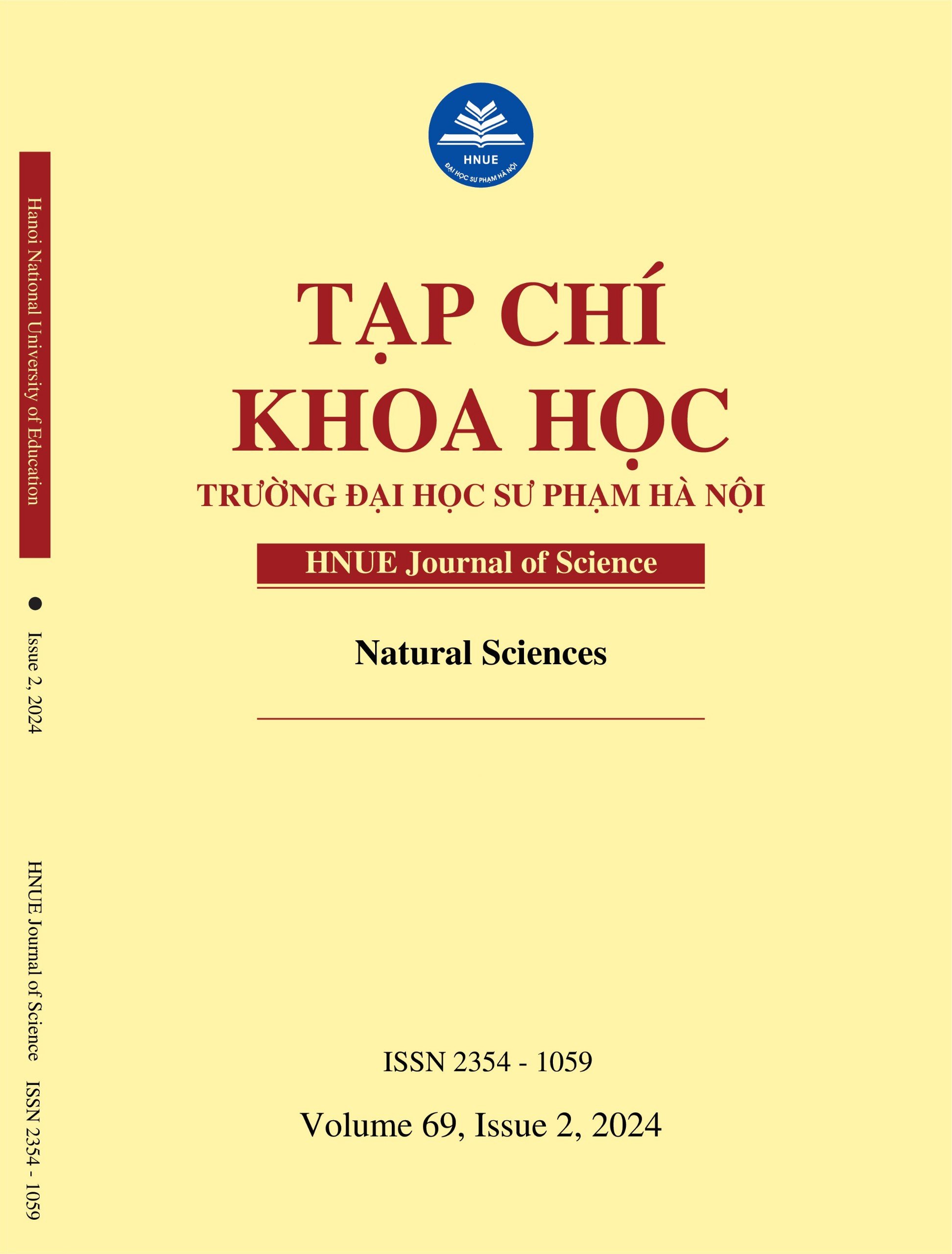ISOLATION AND SELECTION OF YEAST STRAINS CAPABLE OF FERMENTING ORANGE JUICE
DOI:
https://doi.org/10.18173/2354-1059.2024-0029Keywords:
fermentation, isolation, MALDI-TOF, orange, selection, yeastAbstract
This research aims to isolate and select native yeast strains on oranges, capable of fermenting orange juice. Six types of fresh oranges from the Hanoi market were used as samples to isolate yeasts. By morphological observation, eight isolates were confirmed to be yeast strains. Hoa Binh orange juice was used to test the capability of alcoholic fermentation for each of the isolated yeast strains. The chemical composition of the obtained drink after wine distillation was analyzed and the sensory properties of the distillate were evaluated. The result showed that the strain HB2 had the best production capacity of alcohol among the tested strains, the sensory score reached 16.0, which is in the good category. Through a combination of morphological analysis, culture characteristics on agar and liquid media, and MALDI-TOF techniques, the HB2 strain was identified as Saccharomyces cerevisiae.
References
[1] Nguyen HD, (2003). Citrus fruit trees orange-lemon-tangerine-grapefruit. Nghe An Publishing House, p. 22.
[2] Nguyen CK & Ha TAD, (2007). Vietnamese food composition table. Medical Publishing House, Hanoi, p. 210.
[3] Le VVM, (2015). Technological process for producing soluble orange powder. Ho Chi Minh City University of Technology, p. 3.
[4] Karova E, (1998). Microbiology. Academic Publishing House of Agriculture University, Plovdiv, Bulgaria, p. 274.
[5] Nguyen PT & Nguyen VT, (2022). Isolation, selection, and identification of yeast in orange wine yeast (Citrus nobilis Var. Typica Hassk). Can Tho University Journal of Science, 58(1B), 121-131.
[6] Obasi BC, Whong CMZ, Ado SA and Abdullahi IO, (2014). Isolation and identification of yeast associated with fermented orange juice. The International Journal of Engineering and Science (IJES), 3(9), 64-69.
[7] Nasreen Z, Jabeen S, Shafique M, Usman S, Yaseen T, Yasmeen A, and Nazir S, (2014). Production of alcohol by yeast isolated from apple, orange, and banana. International Journal of Food and Nutrition Sciences, 1(2), 016-019.
[8] Okunowo WO, Okotore RO and Osuntoki AA, (2005). The alcoholic fermentative efficiency of indigenous yeast strains of different origin on orange juice. African Journal of Biotechnology, 4(11), 1290-1296.
[9] Nasir A, Rahman SS, Hossain MM, Choudhury N, (2017). Isolation of Saccharomyces cerevisiae from pineapple and orange and study of metal,s effectiveness on ethanol production. European Journal of Microbiology and Immunology, 7(1), 760-91, DOI: 10.1556/1886.2016.00035.
[10] Singhal N, Kumar M, Kanaujia PK, Virdi JS, (2015). MALDI-TOF mass spectrometry: an emerging technology for microbial identification and diagnosis. Frontiers in Microbiology, 6. https://doi.org/10.3389/fmicb.2015.00791.
[11] Gomes RJ, Borges MF, Rosa MF, Castro-Gómez RJH & Spinosa WA, (2018). Acetic acid bacteria in the food industry: Systematics, characteristics and applications. Food Technology and Biotechnology, 56(2), 139-151. doi: 10.17113/ftb.56.02.18.5593.
[12] Vietnam National Standard Method TCVN 3217-79: Sensory analysis - Methodology test by means of marking.
[13] Ly TTT, Tran TCL, (2020). Isolation and selection of yeast strains for orange wine production (Citrus sinensis). Journal of Nutrition and Food, 16(5), 84-94.
[14] Kurtzman CP & Fell JW, (1998). The Yeast: A Taxonomic study, 4th ed. Elsevier Science, p. 1076.
[15] Marinov MM, (2005). Technology of high-alcohol beverages and spirits. Academic publishing house of University of Food Technology, Plovdiv, Bulgaria.
[16] Pawlaczyk A, Gajek M, Jozwik K, Szynkowska MI, (2019). Multielemental analysis of various kinds of whisky. Molecules, 24, 1193, https://doi.org/10.3390/ molecules24071193.
[17] Dhiman A & Attri S (2017). Production of brandy, Chapter 35, p. 1-60, in Handbook of Enology: Principles, practices, and recent innovations. Asiatech Publisher, INC. New Delhi, Available at: https://www.researchgate.net/publication/ 319306583.







